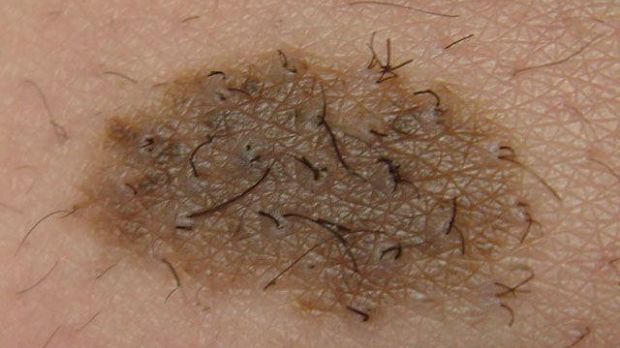Laser Treatment of Congenital Melanocytic Nevi
Congenital melanocytic nevi (CMN), typically referred to as birthmarks, can be small, large, and giant. Concerns about CMN are twofold – the cosmetic appearance and its impact on quality of life and whether CMN may eventually develop into melanoma. Studies have shown varied risk as to whether they will develop into melanomas, but current research puts the number of children born with large nevi who develop melanoma later in life to be between 0.7–2.9%.
Complete excision of CMN is not recommended due to their size and thickness, and excision can result in undesirable cosmetic outcomes. Also, complete removal does not impact later risk of developing melanoma. Laser treatment has been controversial due to concerns about scarring and/or the unknown effect on malignancy risk.
A recent study looked at the effectiveness of using lasers to remove CMN. Using a systematic review, the authors looked at 24 studies that included a total of 434 patients with CMN. Studies investigated lasers or combinations of lasers for the treatment of CMN of all sizes in patients of all ages. The authors looked at outcomes such as clearing of hyperpigmentation; improvement of hypertrichosis; scarring; complications related to the procedure; patient satisfaction; and clinical cutaneous malignancy.
The results showed there are a variety of laser devices and combination of lasers that have been used for treatment of CMN. In general, laser treatment shows good results in short-term clearance of pigmentation in CMN, but there is a high incidence of scarring, repigmentation and complications. The authors conclude that there is very-low-quality evidence that laser therapy in CMN is effective and safe in the short term.
